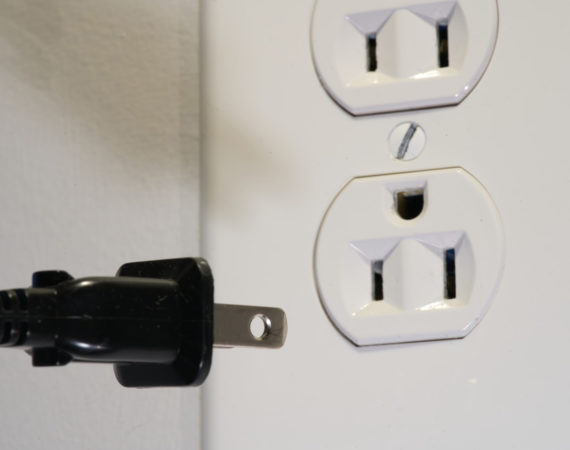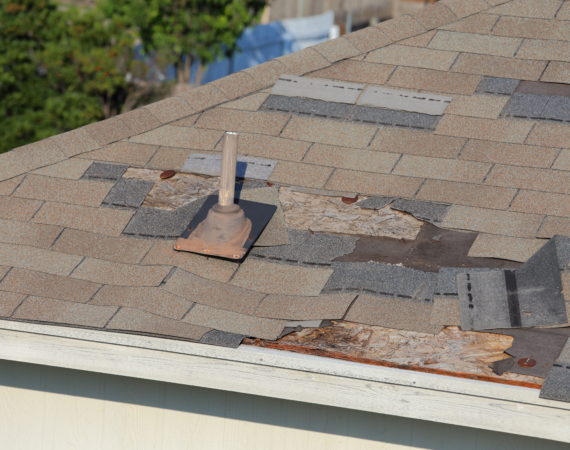How Water is Brought to Rural Areas
More than half of the world’s population, i.e., about 70% of the world’s population, still resides in rural areas. Majorly from Asia and Africa, these are typically low-income groups lacking access to an adequate water supply. A substantial amount of the rural population existing in developing areas lacks proper tech and resources.
In fact, the cost per capita of constructing water systems is comparatively higher in rural areas due to less population spread throughout expansive lands. In addition to this, rural areas often lack a prominent institution to take responsibility for the water system’s maintenance and operation.
However, with the constant advancements, states and individuals are introducing newer and more innovative ways to ensure a constant and adequate water supply in rural areas. Here we discuss in-depth how people bring water to rural areas:
Taps and Standpipes
A plethora of rural areas boasting access to taps and standpipes form an intricate system where they distribute clean and hygienic water to homes through either surface or groundwater. Standpipes are present in certain areas alongside pipelines. On the flip side, homeowners may install tap water at their own expense.
Hand Washing Stations
Washing your hands frequently restricts the likelihood of spreading waterborne diseases. Employing a couple of simple techs allows residents of rural areas to craft handwashing stations. Here they can enjoy an adequate supply of water.
Moreover, they can lather their hands with soap and wash their hands in places lacking proper taps.
Slow Sand Filtration Plants
Slow sand filtration plants are revolutionary plans utilizing sand to help purify water on a large scale. That way, expansive areas accommodating large quantities of diverse communities can enjoy easy access to clean and healthy water.
Rainwater Harvesting
A state-of-the-art rainwater harvesting works best with various systems like your storage tank, sediment extraction, flush system, and piping systems.
Rural areas typically employ roofs that can channel rainwater into catchments that people can later enjoy drinking.
Wells and Sand Dams
Another way rural areas acquire hygienic and clean water is by curating high-quality wells and sand dams.
Hand-dug wells in your ground may vary from a mere five feet to 20 feet deep in the ground. The stringent digging process results in large volumes of clean and healthy water. The still popular, traditional method of obtaining clean water is still prevalent among rural area residents.
On the flip side, rural area residents may need to dam a river bed appropriately to create sand dams. Here people can store groundwater, as well as rainwater. After that, they’ll filter it to ensure the end-product is hygienic.
Manual Pumps
One other common and historic way people in rural areas gain access to healthy water is by lifting it via a robust tube on discs tied to a rope. These boast a sustainable rope that operators pull up via hand-power or bicycle.
There’s also a third option; treadle pumps. These feature a stair stepper-like look and operates on foot-power. With adequate foot-power, you can activate the pistons and draw water through a tube.




